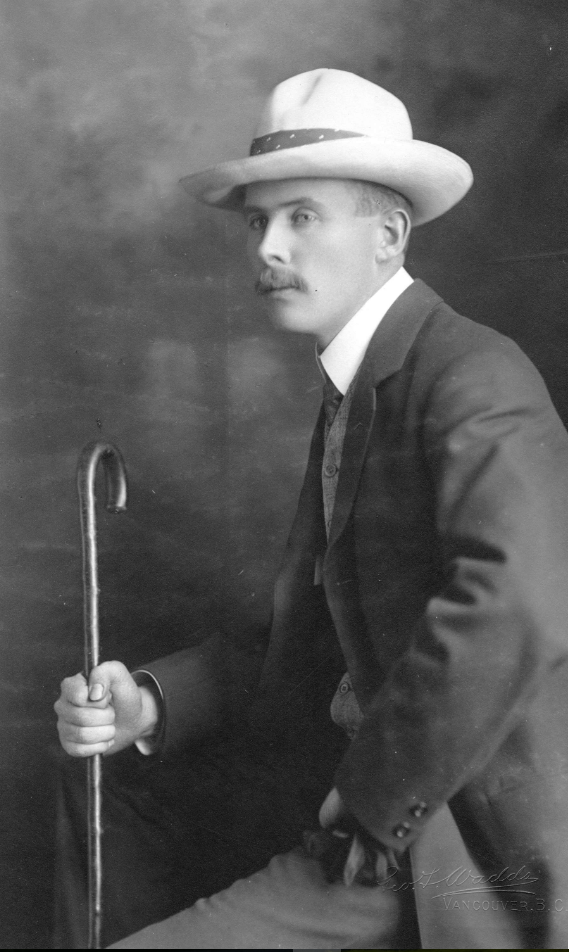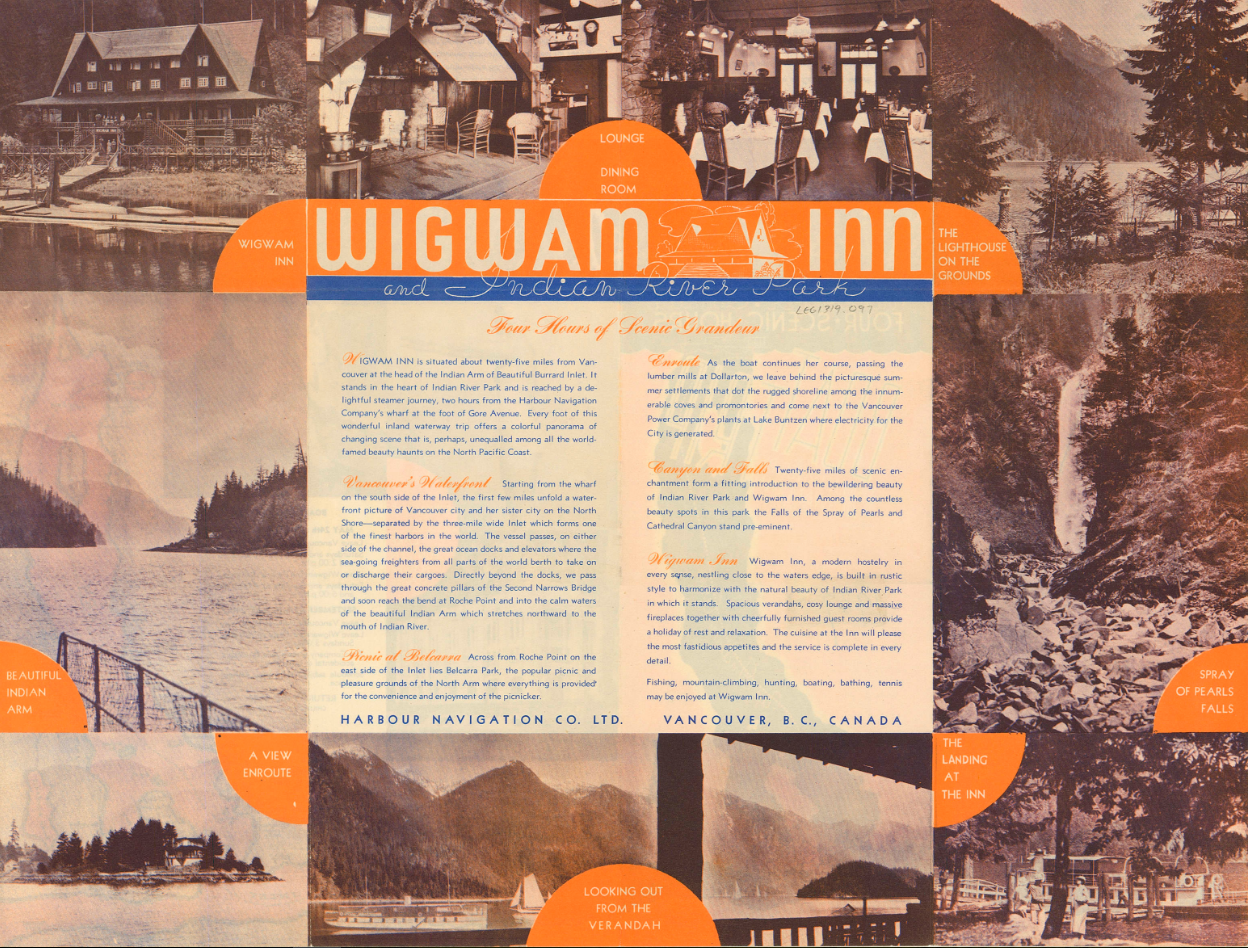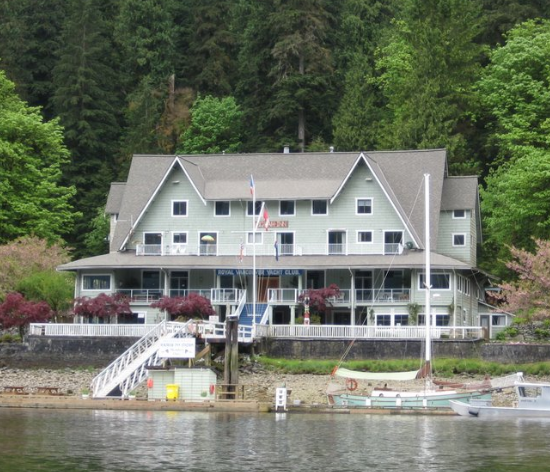The original Buntzen powerhouse came into service in 1904, and was replaced in 1951. A second gothic looking powerhouse was completed in 1914. #2 has been the host to a number of creepy films, including Stephen King’s It, Placid, Freddy Vs. Jason and Roxanne.
Story from Vancouver Exposed: Searching for the City’s Hidden History
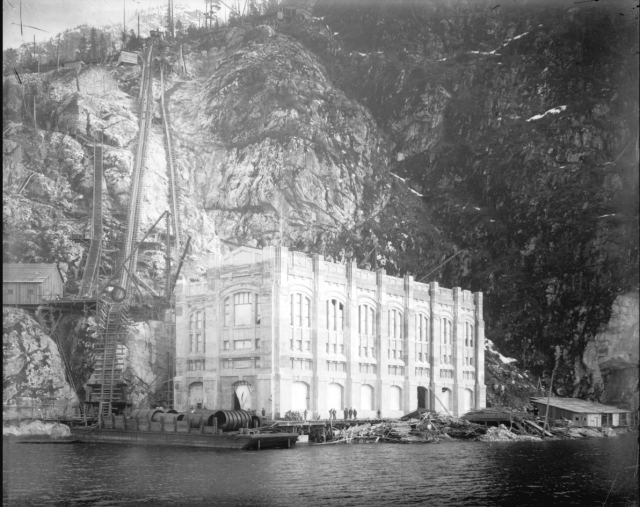
Indian Arm:
A couple of weeks ago, I took a boat ride up Indian Arm with Belcarra Mayor Ralph Drew and the Deep Cove Heritage Society. It’s hard to imagine that over a century ago Indian Arm was thriving and serviced by sternwheelers, a floating post office and grocery store.
The highlight for me was finally seeing the Wigwam Inn, but almost as exciting were the two massive power stations that dominate the eastern shore at Buntzen Bay.
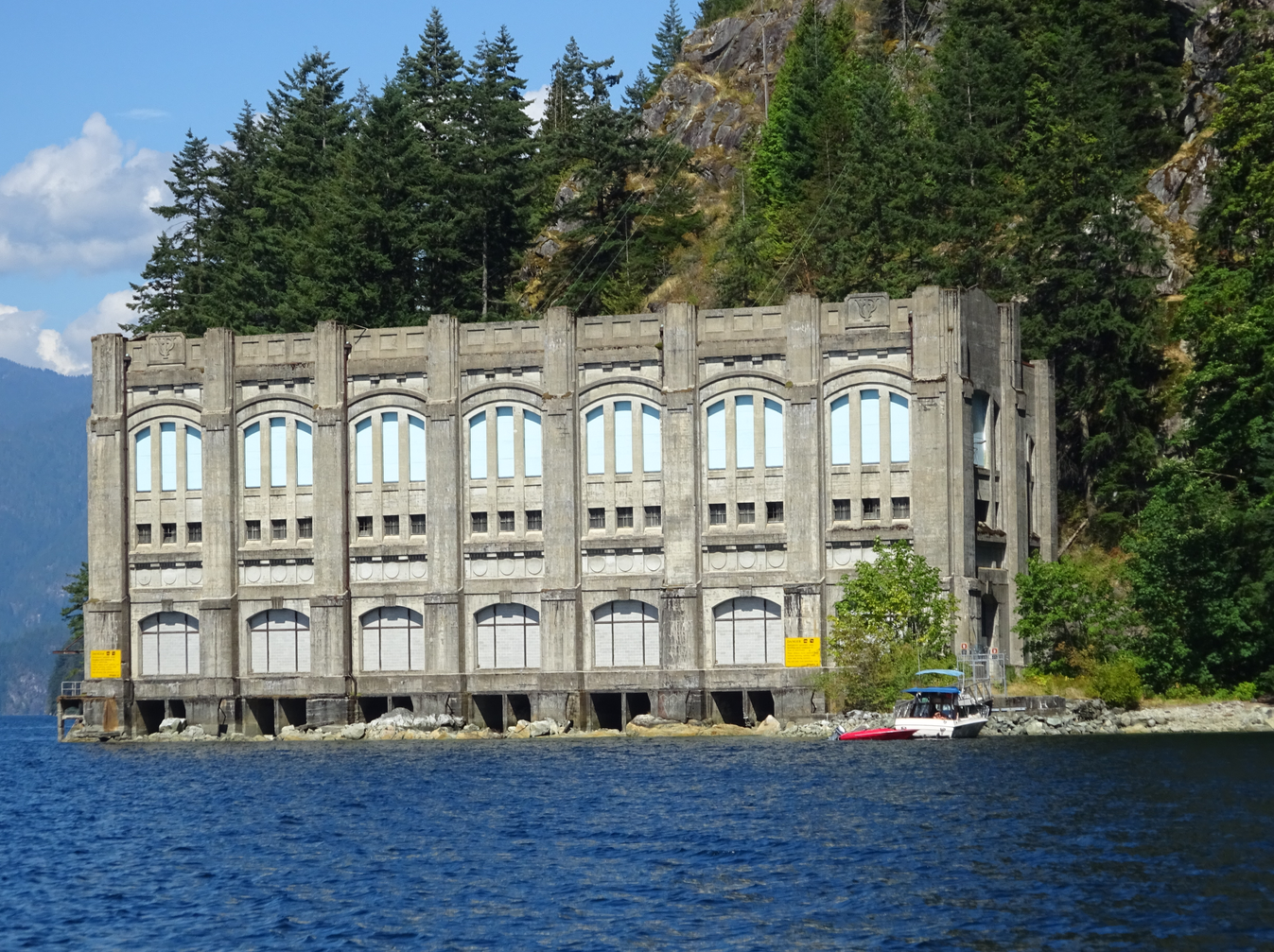
Heather Virtue-Lapierre was born up there in 1943. Her grandfather Matt Virtue was one of the first power house operators shortly after #1 opened in 1903. Her father Jim carried on the family tradition from 1941 until the plant was automated in 1953.
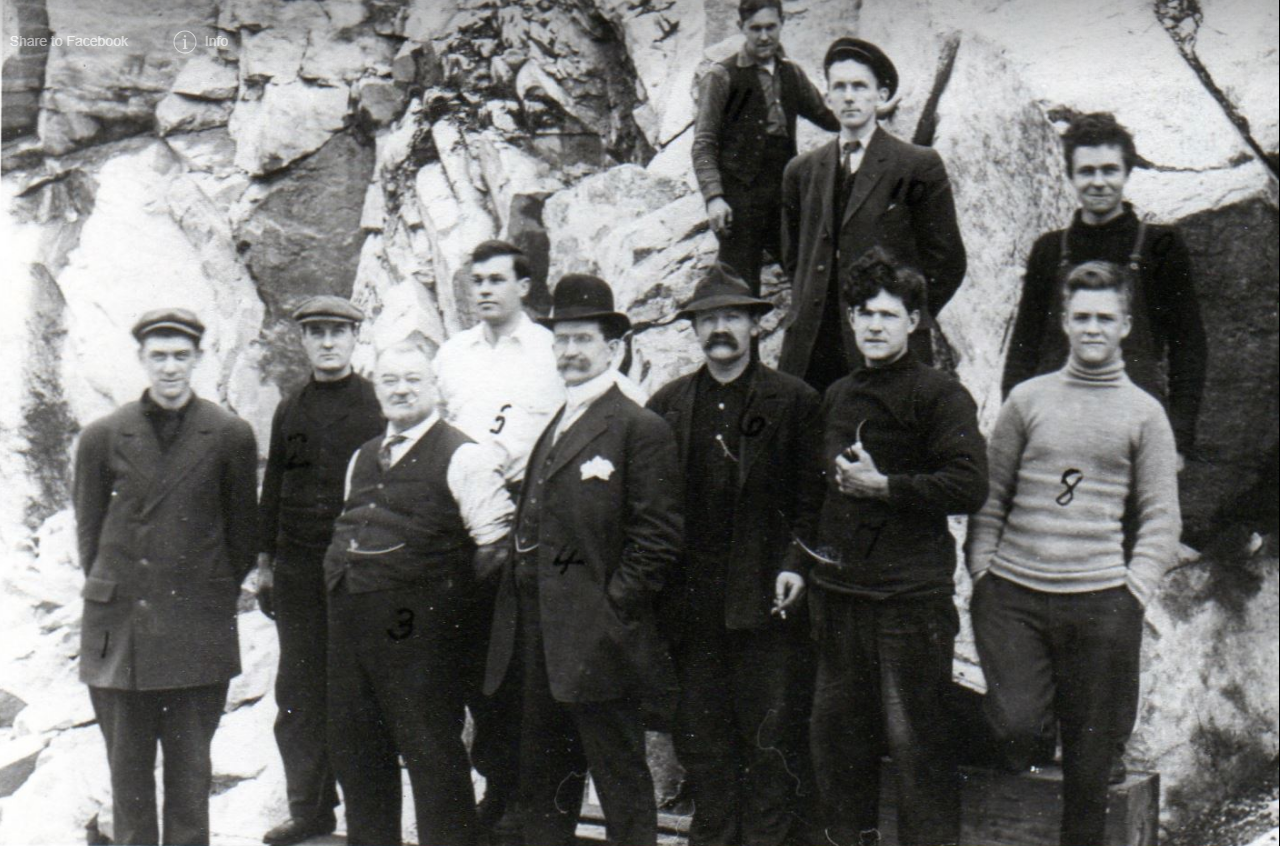
One-room school:
Heather’s school was a one-room building above the power house. She was taught by a teacher who had worked as a welder during the war. “You didn’t mess with her!” she says. The teacher and her husband, who worked on the new penstock, lived in a small apartment attached to the school.
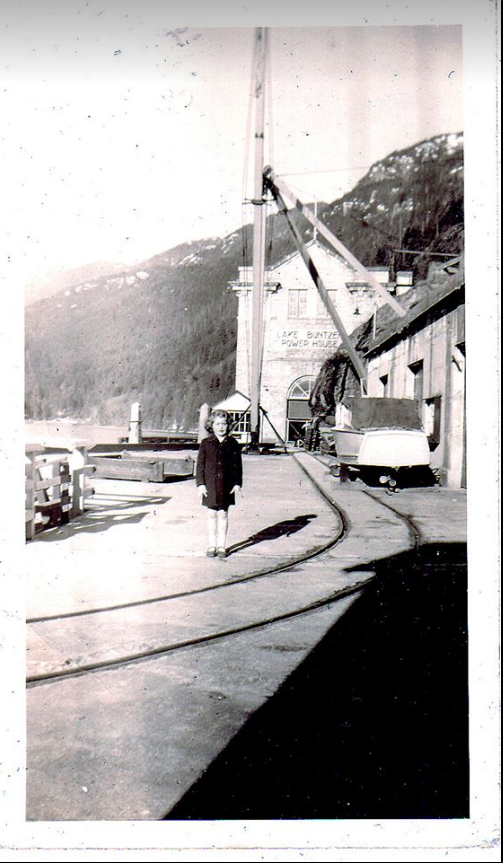
Heather says that power house operators were exempt from service during the war years, and instead joined the Pacific Coast Militia Rangers. “Nobody was allowed to land at Buntzen without permission during the war,” she says. “I still remember the blackout curtains in our house.”

Community:
Dawson Truax’s father was a floor man, and Dawson was just 18 months old when he moved to Buntzen with his war-bride mother in 1946. They lived in a cabin on the hill above the power plant owned by the BC Electric Railway (the forerunner to BC Hydro). Supplies came weekly on the MV Scenic.
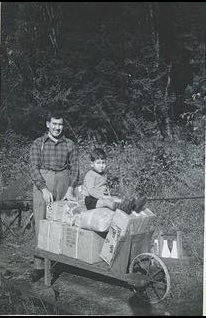
“It was quite a small community and only took three men to run the power plant at any time over three shifts a day,” he says. “There was a hoist on tracks that went up the hill from the plant area to the cabin. One of my first childhood memories is of my father putting me on the hoist with a pile of parcels while he walked alongside.”
“My mother talked about it quite a bit. It was quite horrifying for her to move from London, England to the Canadian wilderness,” he says.
Buntzen gets its name from Johannes Buntzen, BCER’s first general manager. According to Ferries & Fjord, the power stations weren’t the first industry on the Arm. The area was populated as early as 1880 by a Japanese Logging Camp. Between 1902 and 1914 around 500 men camped up there while they worked on a tunnel from Coquitlam Lake to Buntzen Lake.
Vancouver’s rapid growth soon demanded more power, and Power Station #2 opened in 1914.
Robert Lyon architect
Rumour has it, #2 was designed by Francis Rattenbury, the architect who designed the Parliament buildings and the Empress Hotel in Victoria, and the Courthouse on West Georgia. It certainly looks like his work—large, gothic and creepy (Rattenbury, who was a bit of a jerk, was eventually murdered by his trophy wife’s 18-year-old lover). But according to Building the West, #2 was designed by Robert Lyon, an architect employed by BCER.

- © All rights reserved. Unless otherwise indicated, all blog content copyright Eve Lazarus.




